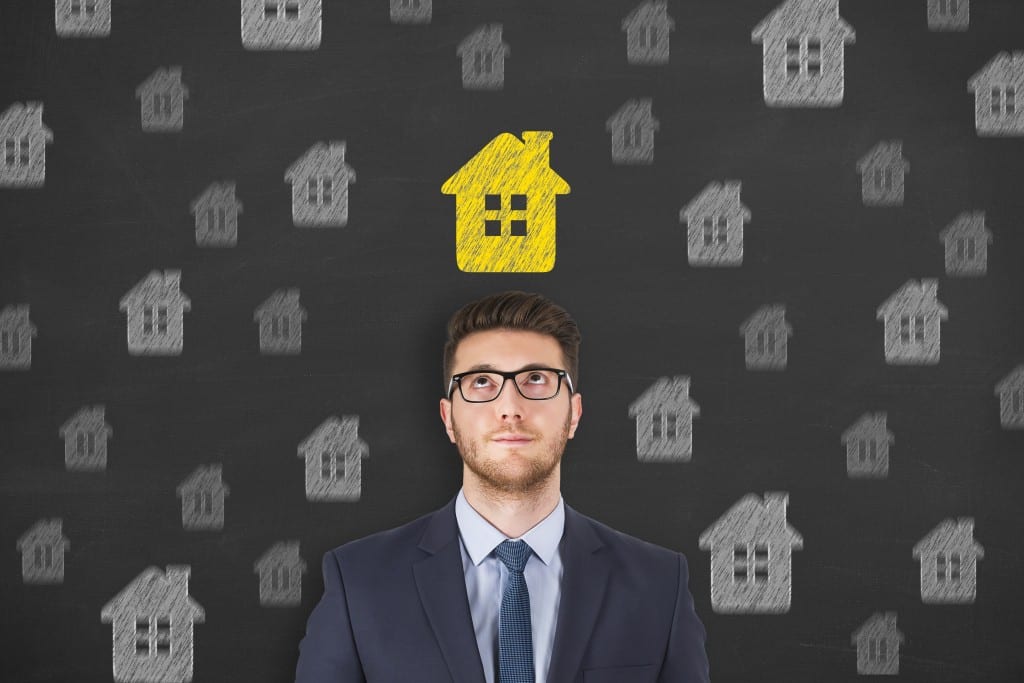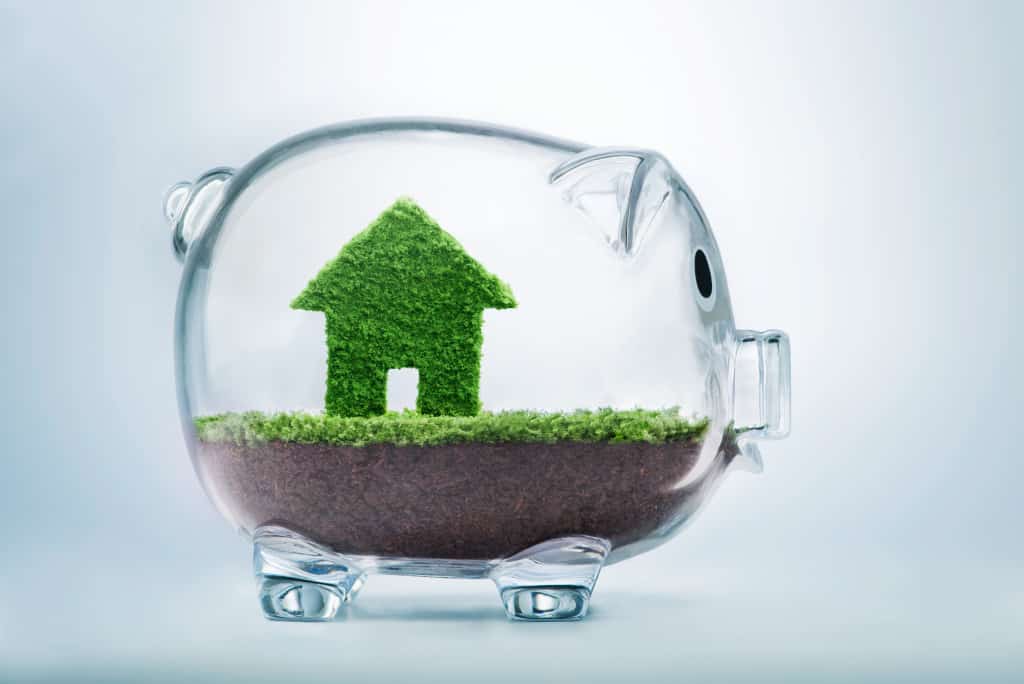In most households, a steady heating and cooling system is a dire need. These systems usually run around the clock to achieve the perfect level of climate comfort, which may, however, lead to unprecedented expenses from energy loss.
How do you compromise something so necessary? Here are six ways you can save some valuable cash without sacrificing comfort indoors.
Install durable pipe insulation
If you rely heavily on your water heater or any other heating system, polyethylene or PE pipe insulation is your best bet to lower your energy costs. The best kind of insulation prevents as much thermal loss as possible, minimises condensation that can corrode the pipe and acts as a safety guard and a noise barrier for your pipework.
Make sure to consult with a professional contractor on how and when to install pipe insulation.
Opt for energy-efficient HVAC
Air-conditioning units and gas furnaces that run almost non-stop are bound to break down sooner than later. It’s costly enough to run them, and now you have to replace them. To cut down on costs, bank on energy-efficient HVAC systems that have a high system efficiency, as measured by its Seasonal Energy Efficiency Ratio or SEER rating.
You should also look for energy ratings in water heaters and appliances. These ratings ensure energy efficiency, which possibly translates to significant savings in electricity bills.
Leave the thermostat alone
Do you always tinker with the thermostat when the temperature changes? Then you’re probably paying more money for power than you should. Frequent manual adjustments to the thermostat throw the device out of the cycle. Also, tampering with the thermostat repeatedly causes it to wear faster.
Shift to a programmable thermostat, instead. It automatically adjusts to the temperature depending on the schedule you set it in, thereby maximising zoned heating and cooling without the extra cost.

Invest in smart home technologies
You can also install other smart technology systems in your home to further optimise energy consumption. These include smart thermostats and cooling gadgets, air quality monitors and lights with occupancy or motion sensors.
Since you can control smart appliances through a central automation device, you can turn them off when not in use with a single click or let them automatically detect and adjust to the ambient temperature. You do not just save money, but you also won’t have to move as much muscle!
Install solar panels on your roof
Some people are sceptical about the benefits of solar panels, but if you’re spending way too much for cooling and heating, then you should explore other options. In a gist, solar panels act as a renewable energy source that can significantly reduce your electricity bills.
The solar energy applies to a variety of appliances, which means even in a power outage, your HVAC systems can keep on running.
Renovate for natural ventilation
The task might seem daunting, but restructuring and renovating your home to integrate natural ventilation will pay off. More than just installing more windows and doors, natural ventilation makes use of a structure’s original design and materials to manage air pressure and the flow of external and internal air.
Building transitional spaces, using wicker or bamboo furnishings and incorporating whole-house ventilation strategies all contribute to making the air cooler and directing it indoors faster.
The best thing about opting for natural, energy-efficient solutions is that you’re ultimately reducing your carbon footprints as well, thus benefiting both your family and the environment.
